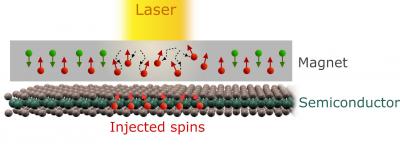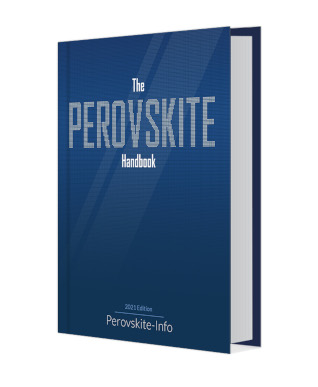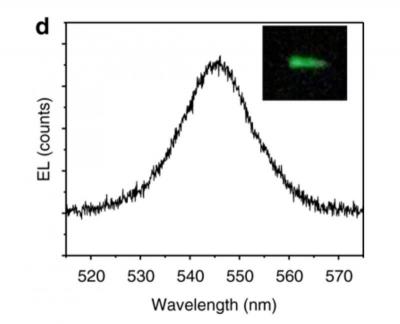Researchers develop a way to inject an ultra-fast pulse of spin current
Researchers NTU, NUS, A*STAR and the Los Alamos National Lab have demonstrated that it is possible to inject an ultra-short pulse of spin current (less than a picosecond) from a metal to a semiconductor in a very efficient way.

The researchers used a short laser pulse on cobalt (a magnetic material) - which generated a spin-polarized "swarm" of excited electrons. The spin-polarized electrons travel outside of the material - into adjacent materials. This creates an extremely efficient spin injection.

